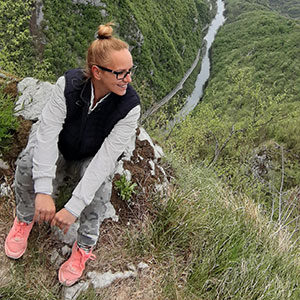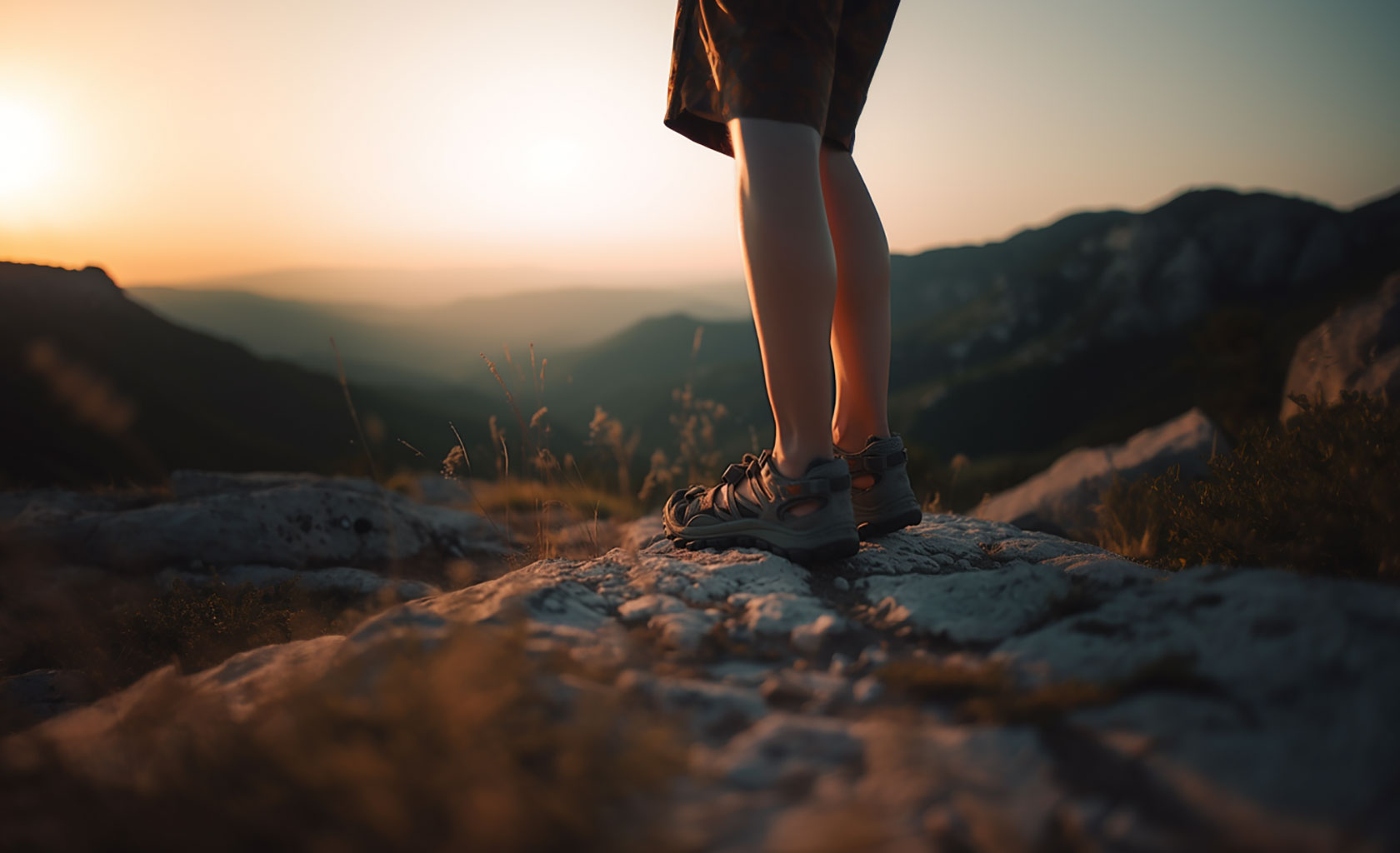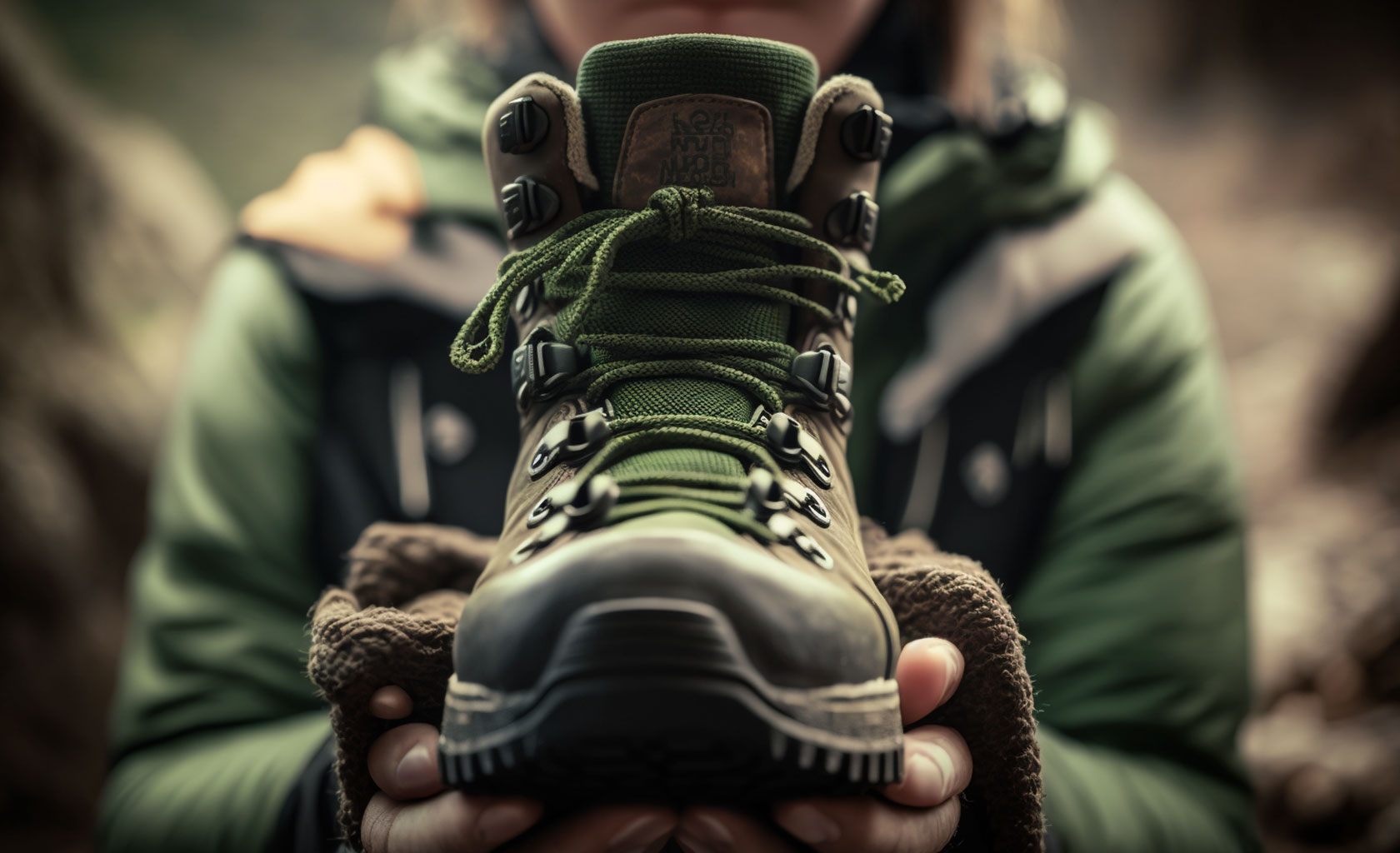Ok, we have hiking shoes, boots, pants, and sticks. But hiking socks? Really? We agree this might sound completely redundant. However, let’s look at things from another perspective. According to Dr. Edward Phillips assistant professor of physical medicine and rehabilitation at Harvard Medical School, an average person takes 3000 to 4000 steps each day. It is only logical to conclude that hikers take more steps than average people do. Add water, rocks, and heavy rubber soles to this and suddenly you become aware of importance of hiking socks. Does not sound redundant anymore? So, with aim to inform you accurately, without making things too technical i.e. boring, we will first explain what hiking socks are in their essence and then answer most frequently asked questions to satisfy your curiosity. We hope you enjoy your reading.
TECHNICALITIES OF HIKING SOCKS- THINGS YOU NEED TO KNOW
Socks are your first line of protection on a hike. They will save you from blisters, fungus, excessive sweating and many other nasty occurrences which might ruin your hike. So, when choosing your hiking socks, there are 3 major things you need to take into consideration: material, height and cushioning.
Material i.e. fabric
Hiking socks are generally made using a blend of some of following materials:
- Wool is most frequently used in production of hiking socks. There are many reasons for this. First, wool is a completely natural material. This means that it provides great breathability for your feet. Next, wool is also anti – bacterial which will help in keeping your feet healthy. Most manufacturers of this hiking garment are using merino wool. This is because this type of wool is not itchy- it will keep your feet warm, safe and comfortable.
- Nylon is a synthetic material that adds durability. It also secures quicker drying.
- Spandex is also a synthetic material. Manufacturers use it in small percentage. It is stretchy and its task is to make hiking socks preserve their shape.
- Polyester is excellent for insulation.
Surprised cotton is not on the list? Well, you should not be, despite the fact that we love cotton in our everyday socks. The reason is that, when compared to wool and synthetic materials, cotton simply does not do the job required for hiking socks. It is not good in wicking moisture or drying quickly enough.
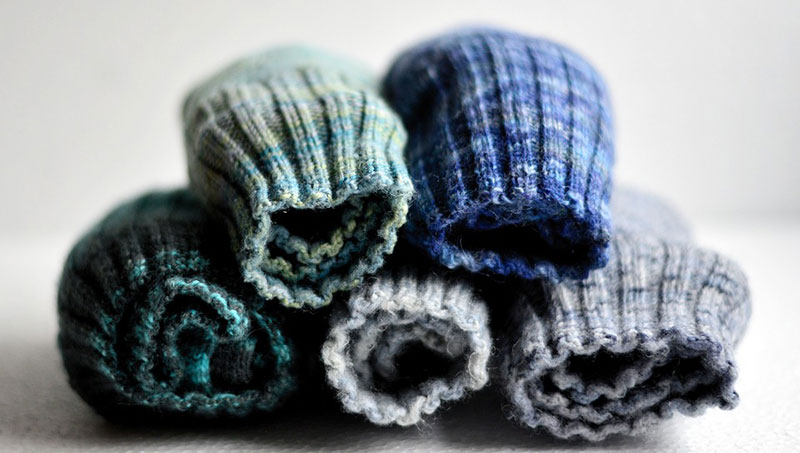
Height
Height of hiking socks depends on two things:
- Type of hiking shoe you are wearing
- Your own preferences
Manufacturers offer a variety of options. You have low-cut socks which end just above your ankles, above-ankle socks that cover your ankles completely, crew socks that end at the middle of the calf, and knee-height socks which cover your calf entirely.
Basically, the higher the sock, the better the protection they provide. Yet, keep in mind that in this case, hiking sock protects you from your hiking shoe. So, if you are wearing light running shoes, there is no need for above-ankle socks. Low-cuts will do the job just fine. But if you are wearing mighty, heavy, high-cut boots, thing twice when choosing between crew socks and knee height.
Cushioning
Since we are talking about socks and not boots, there is no need to particularly discuss the fit. Basically, you just have to know your foot size and pay attention not to buy socks that are too large for you, to avoid bunching of the excess material. However, cushioning faces us with slightly more complicated mathematics. In terms of hiking socks, cushioning stands for thickness and warmth. More cushioning means thicker and warmer socks. This is to say that your feet do need extra support cushioning provides but you also have to consider the temperature outside and the footwear you plan to use. So, if you want your feet to feel comfortable, you must avoid the extra sweating thick socks might cause. Therefore, in terms of cushioning, hiking socks are classified as follows:
- No or low cushioning– good for hiking under hot weather and in light hiking shoes
- Light cushioning– thin and comfortable, prefer moisture wicking over warmth
- Medium cushioning– provide a balance between warmth and comfort, excellent for hiking under moderate and slightly cold weather
- Heavy cushioning– thick and warm, recommended for long hikes on rough terrain under cold weather.
DO HIKING SOCKS MAKE A DIFFERENCE?
Without any ado, yes they do. Let’s explain.
To begin with, hiking socks are specialized for hiking. This means that at a point back in past, market recognized a need for such a product. People needed different socks and different socks were developed. There is absolutely no scam involved.
Next important thing to remember is that hiking is an endurance activity and as such it requires proper equipment, socks included. All the extra steps, sweating and rubbing needs to be addressed properly if you do not want to suffer from blisters, fungus, or cold. Science is there to back up these claims. A research was conducted by a group of scientists from Spain to determine importance of socks in development of foot lesions. The research involved 109 hikers performing a short hike, wearing specialized (technical) or common (non-technical) socks. The results showed a lower percentage of injuries among hikers wearing technical socks. The conclusion was “that even on a low-difficulty, short-term sport activity, it is advisable to wear technical socks to prevent lesion development and keep the foot temperature more stable”. Point taken?
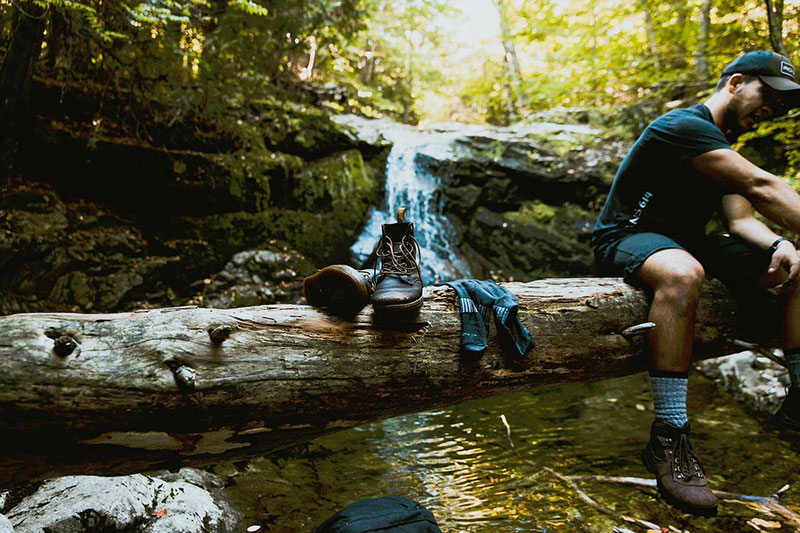
WHAT KIND OF SOCKS ARE BEST FOR HIKING?
Selection of best hiking socks depends on various matters:
- Type of hiking shoes you use. This basically means that for example, boots require higher and thicker socks than shoes do.
- Length of your hikes. Longer hikes call for more comfortable hiking socks of higher performance.
- This is to say that warmer and thicker hiking socks are better for winter conditions.
Materials, height and cushioning are explained above. We will now list some additional features to consider when buying:
Wicking
High wicking is a must. Feet tend to get wet in any season and keeping your feet dry is a priority. Wet feet lead to dead skin, lower circulation, blisters and even trench foot.
Ventilation
Hiking socks differ in this respect. Pay attention to choose materials which will enable highest possible ventilation of your feet.
Allergies
As boring as it may seem, checking materials hiking socks are made of can save you from trouble. Read the labels to confirm that you are not allergic to any of the materials listed.
Here is a quick advice for you. If you want the benefits of wool (high wicking, excellent moisture management and temperature regulation), opt for socks with minimum 30% of wool.
Remember that nobody can chose best hiking socks for you. Only you can do it properly depending on your needs.
SHOULD HIKING SOCKS BE THICK OR THIN?
You might think that answer to this question is simple- thinner for the summer and thicker for the winter. But that is simply not true for everyone. Some hikers like to wear thicker socks even during hot weather. The most adequate answer to this question would be- it depends. You hate such answers, we know, but let’s go into some details.
First, hiking shoes are heavier than regular shoes you wear. Second, the terrain you walk on when you hike is rougher than a city street. All this leads to conclusion that hiking socks are preferably thicker.
However, modern blends of materials and production technologies have enabled production of thin high performance hiking socks. These do the job for many hikers.
There are also numerous experienced hikers who advise you to use 2 pairs of hiking socks at the same time- thinner on the inner side, and thicker on the outer. They claim the combination prevents occurrence of blisters.
The conclusion would be that you have to try in order to find out what is best for you. You simply have to do some testing. Our advice would be to start from your hiking shoes and find your fist pair of hiking socks depending on how rough the shoes are. Remember, comfort comes first.


